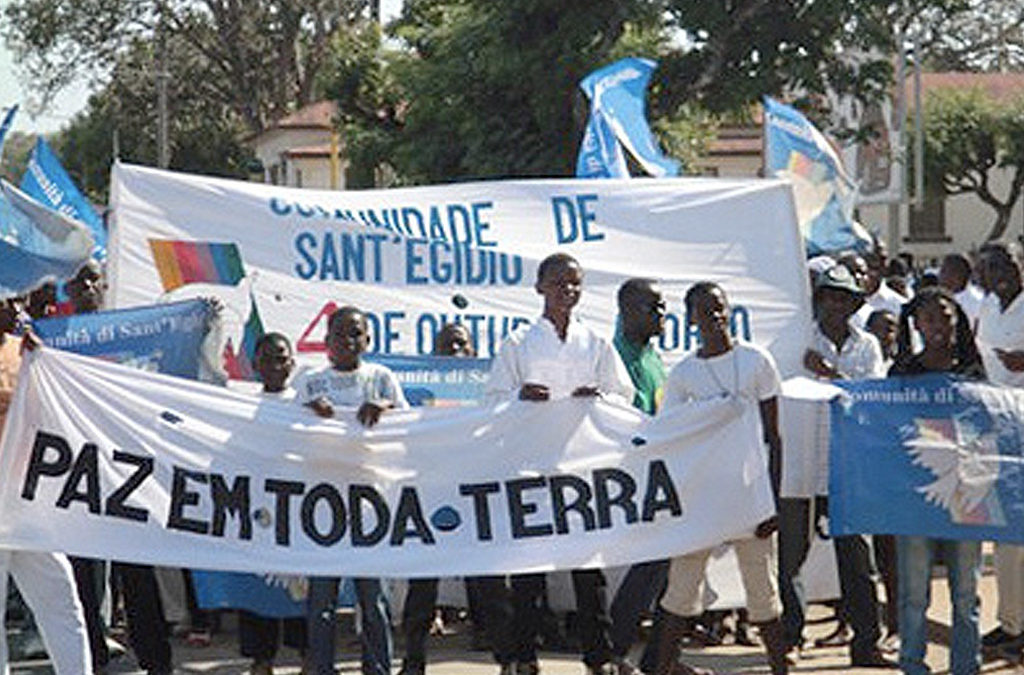Madhav Joshi and John Darby
Peacebuilding scholars and practitioners often emphasize the importance of achieving sustainable peace accords, but few have attempted to examine comprehensively the provisions of peace accords and how they are implemented. The Kroc Institute established the Peace Accords Matrix (PAM) to serve as a gateway for scholars and practitioners into the vast and often confusing materials on recent comprehensive peace accords.
PAM offers a systematic way to search for new approaches to peace accord negotiations and implementation. The database provides a rich comparative source of information for scholars studying peace processes and can help identify why some peace processes succeed while others do not. The database also can be useful for mediators attempting to reactivate stalled peace processes.
The meaning of comprehensive
While more than 140 peace agreements have been signed since 1989, only about 37 are “comprehensive,” meaning the major parties in the conflict were involved in a negotiation process and all substantive issues underlying the dispute were included in the negotiation process. PAM currently provides access to the text of 29 of these comprehensive peace agreements.
PAM also codes 50 different themes of the accords, including electoral reform, military reform, police reform, demobilization, disarmament, reintegration, withdrawal of troops, and implementation of these provisions in the post-accord period. It provides information on the actions taken to implement each of these themes up to 10 years after the signing of the accord, as many provisions take a long time to implement.
After data on peace accords is verified by Kroc Institute researchers, it is sent to external reviewers, a process that ensures high reliability and helps eliminate coder biases.
Once the accord’s provisions are analyzed under different categories and themes, researchers collect qualitative data on implementation. Information is gathered from secondary sources such as the United Nations and its various information outlets, global news sources, and reports generated by the commissions or committees established by the individual accords. The data is internally verified at the Kroc Institute and then sent to external reviewers, a process that ensures high reliability of data and helps to eliminate coder biases.
Five categories of provisions
The Peace Accords Matrix organizes the provisions of each accord in five categories: 1) institutional provisions, 2) security-related provisions, 3) human rights provisions, 4) provisions related to external actors, and 5) other provisions.
The 29 cases currently available in the database include the following patterns:
- Institutional provisions such as power-sharing transitional governments, judiciary reform, or civil service reform are found in 41 percent of peace agreements.
- Security-related provisions range from military reform (downsizing, integration, or other reforms) to disbandment of paramilitary groups and are written into 66 percent of comprehensive peace accords. Security-related provisions often take a long time to implement, which can threaten the maintenance of ceasefire provisions in the accord. Eighty-six percent of comprehensive peace agreements have ceasefire provisions.
- Human rights provisions such as women’s rights, children’s rights, and amnesty agreements are found in 34 percent of comprehensive peace agreements.
- Provisions relating to external actors are contained in about 29 percent of comprehensive peace agreements. Only a few cases involve robust roles for third-party actors (i.e. Cambodia, Mozambique, Sierra Leone, Liberia etc.).
- Other provisions including implementation timeline, economic-social development, and referendum provisions constitute seven different features that occur in about 41 percent of cases.
The importance of implementation
Assessing how different provisions in comprehensive peace accords are implemented is extremely important for understanding peace processes and peace policy. The PAM database not only considers different provisions, but also how those provisions are actually implemented. The comparative understanding of peace processes that the database provides helps peace practitioners address contentious issues and prepare protagonists to engage in negotiations. It helps explain how peace processes advance and what obstacles can derail a process in the implementation phase.
The chances that a conflict will reoccur increase when the provisions of the accord are not implemented. Empirical evidence regarding implementation not only contributes to comparative studies of peace processes, but also helps to advance peacebuilding practice by providing relevant information on the experiences of peace accords in other settings.
Madhav Joshi is associate director of the Peace Accords Matrix and research assistant professor at the Kroc Institute.
John Darby is director of the Peace Accords Matrix and professor of comparative ethnic studies at the Kroc Institute.



